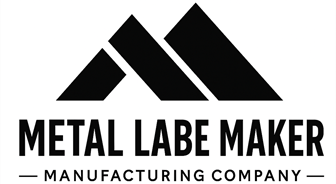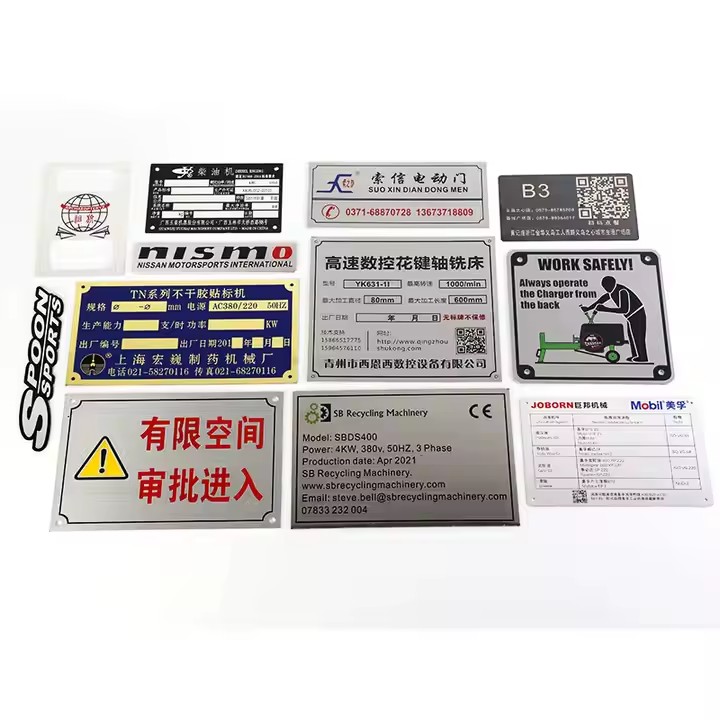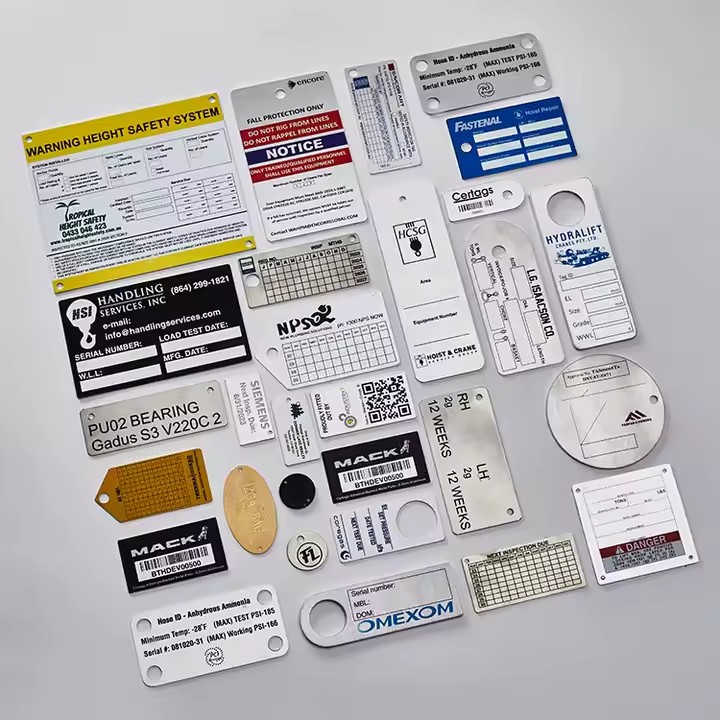Detailed Analysis of Corrosion Resistance and Heat Resistance of Stainless Steel Labels
Stainless steel labels are widely used in industrial, marine, and high-temperature environments for one main reason—exceptional durability. Two of their most critical performance characteristics are corrosion resistance and heat resistance, making them an ideal choice for long-term labeling in challenging conditions.
In this article, we’ll explore in detail how stainless steel labels perform under corrosive and high-temperature environments, and how different grades of stainless steel contribute to these properties.
1. What Makes Stainless Steel Corrosion-Resistant?
Stainless steel is an alloy primarily made of iron, with a minimum of 10.5% chromium content. This chromium reacts with oxygen to form a thin, passive oxide layer on the surface, which protects the material from corrosion.
Key corrosion-resistant elements:
-
Chromium: Forms a stable oxide layer that prevents rust.
-
Nickel: Enhances corrosion resistance, especially in acidic environments.
-
Molybdenum (in 316): Increases resistance to chloride and saltwater corrosion.
2. Grades of Stainless Steel and Their Corrosion Resistance
| Grade | Composition Highlights | Corrosion Resistance Level | Ideal Environments |
|---|---|---|---|
| 304 | Chromium 18%, Nickel 8% | Excellent | General industrial, indoor/outdoor use |
| 316 | Chromium 16%, Nickel 10%, Molybdenum 2% | Superior (especially to saltwater) | Marine, chemical processing, high humidity |
| 430 | Chromium 17% (no nickel) | Moderate | Dry indoor environments, budget applications |
Note: 316 stainless steel is significantly more resistant to pitting and crevice corrosion in chloride environments (e.g., coastal areas or chemical facilities).
3. Stainless Steel Labels in Corrosive Environments
Stainless steel labels are often used in:
-
Marine industries: Withstand salt spray, seawater, and humidity.
-
Chemical processing plants: Resist acids, alkalis, and solvents.
-
Food and beverage manufacturing: Non-reactive and sanitary under constant moisture.
These labels retain readability and structural integrity even after years of exposure, making them ideal for safety information, equipment ID, and compliance labeling.
4. Heat Resistance of Stainless Steel Labels
Stainless steel is also known for its high-temperature performance, making it suitable for labeling in environments like:
-
Industrial ovens and furnaces
-
Automotive engines and exhaust systems
-
Power generation and turbines
Heat tolerance by grade:
| Grade | Maximum Operating Temperature | Performance at High Heat |
|---|---|---|
| 304 | Up to ~870°C (1600°F) | Maintains strength and appearance |
| 316 | Up to ~925°C (1700°F) | Excellent for elevated temperatures |
| 430 | Up to ~815°C (1500°F) | Good, but less durable under thermal cycling |
Stainless steel labels do not warp, melt, or degrade under high heat, and laser-engraved or etched markings remain clear even after prolonged exposure.
5. Why It Matters for Industrial Labeling
In harsh industrial settings, labels often need to:
-
Withstand acidic fumes or salty air
-
Operate near boilers, compressors, or flame sources
-
Remain legible after years of exposure
Choosing the right stainless steel grade ensures:
-
Long-term label durability
-
Minimal maintenance or replacement
-
Compliance with safety and regulatory standards
Conclusion
Corrosion resistance and heat resistance are what make stainless steel labels a superior solution for high-demand environments. Whether you’re operating in a chemical plant, coastal facility, or high-temperature manufacturing line, stainless steel—especially grades like 304 and 316—offers unmatched performance.
For long-lasting, readable, and reliable labeling in extreme conditions, stainless steel remains the industry standard.







